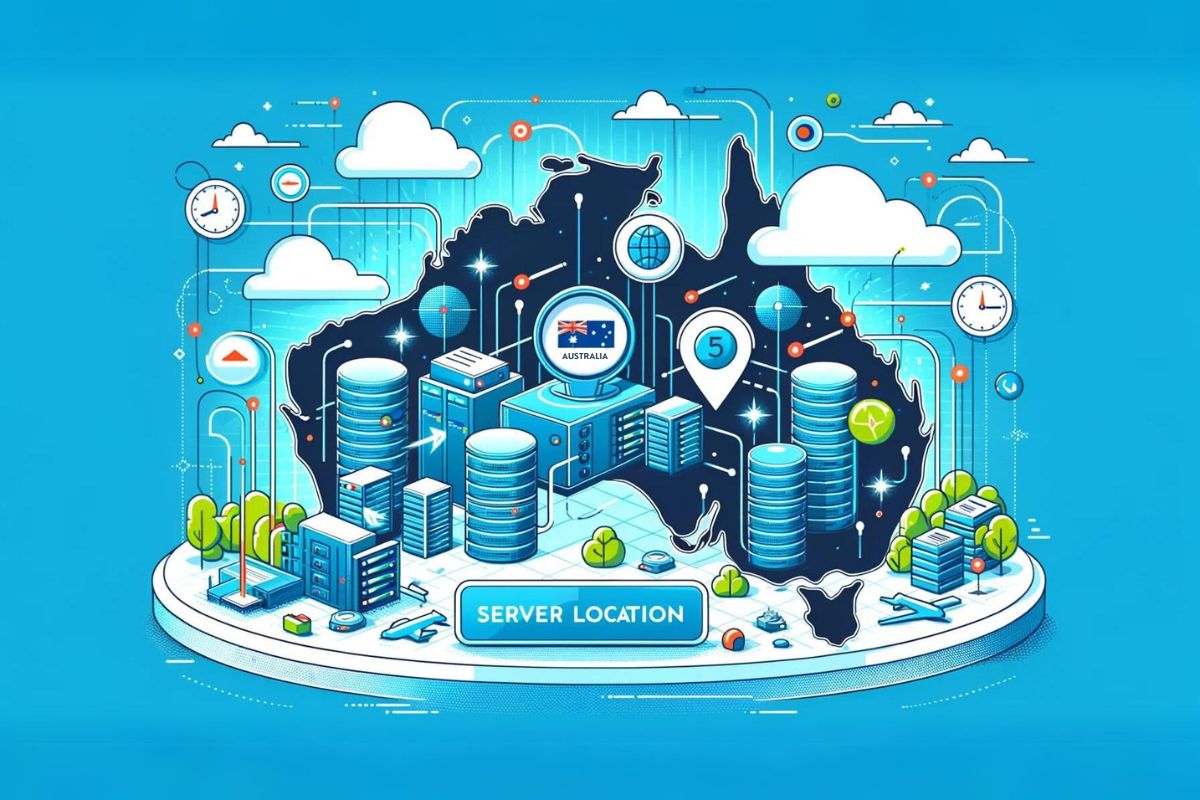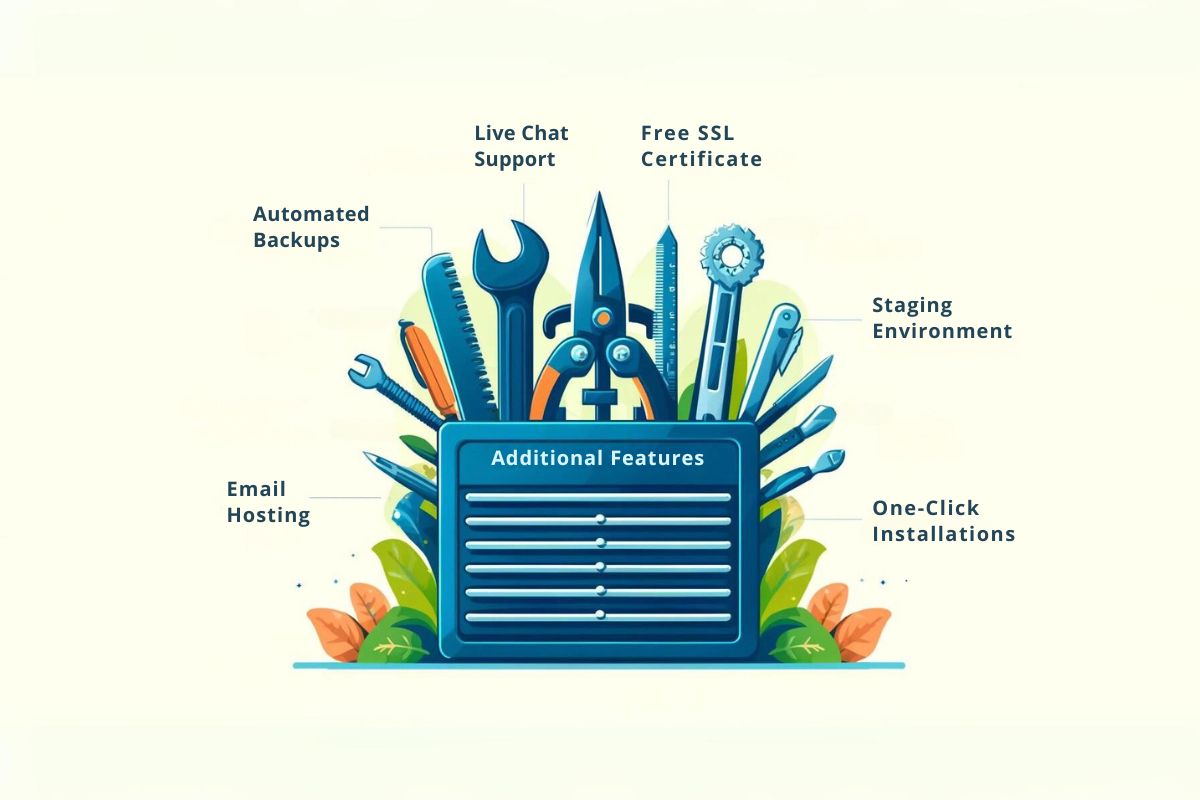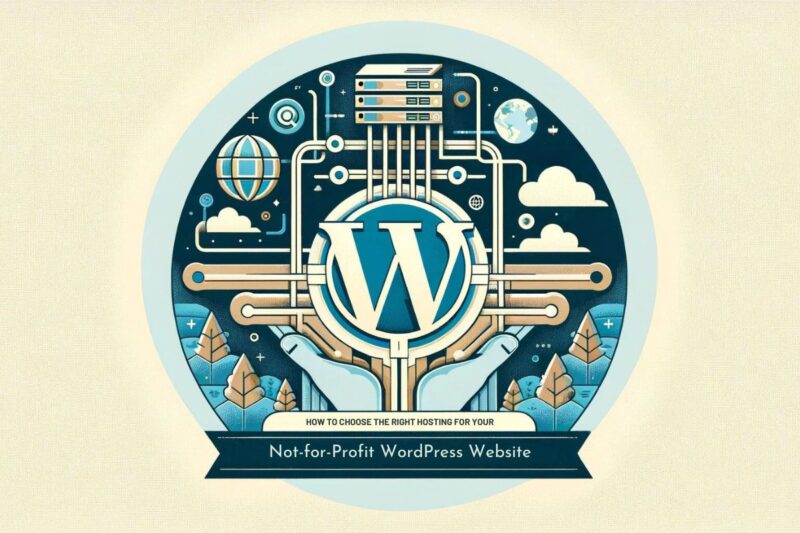In the same way that a fish and chip shop must have a physical shopfront before customers can buy food from them, your website needs hosting in order for people to be able to visit it. You may have the most amazing website in the world, but without suitable hosting no one will be able to access it.
While on the surface there may appear to be little difference between many of the various hosting companies and plans available, there are a few key things to consider when making your choice.

Server Location
If you are based in Australia and the majority of your target audience are also in Australia, then it is important to select a host that operates servers physically located in Australia. If your site is hosted overseas, every request to and from the server has to travel significantly further, which can add a noticeable delay to the speed of your site. Content delivery networks (CDNs) like Cloudflare can help mitigate this to a point, but generally only for static assets (images etc) rather than interactive pages.

Disk Space
This is perhaps the most critical item on this list. Your chosen hosting plan simply must have enough space to hold all of your website’s files and database(s), and you want to allow plenty of room for growth too, especially if you anticipate significant traffic or are planning to keep adding new content (particularly images, documents, video, audio, etc). When launching a new site you will want to select a plan that provides you with plenty of breathing room, and if your site ever gets to the point where it is using more than about 90% of the available space then it’s time to seriously look at upgrading.

Server Specifications
It’s essential that the hardware your site is hosted on is modern and capable of handling the amount of traffic your site is likely to receive. Unless you’re fairly technically savvy and have a decent understanding of computer hardware, this can be quite overwhelming. We strongly recommend talking to someone with significant experience in this area who can advise you here, but there are a few things to look out for.
Firstly, the server needs to be using SSD storage. This significantly improves the performance (and reliability) of reading and writing files compared to older technology, and can be one of the biggest factors in the speed of your site.
Secondly, it needs to support the basic technologies required for your site to operate. In the case of WordPress, this means PHP and MySQL (or MariaDB). You should also select a host who keeps their servers up to date – e.g. while WordPress will still run on PHP 7.0, it has stopped receiving security patches so is not safe to be using for production websites.
Your chosen hosting plan also needs to have sufficient CPU and RAM allocated to the site, however the requirements there are going to vary significantly depending on the site, so getting an expert recommendation is essential.

Additional Features
Finally, you need to make sure that your chosen plan offers all the other functionality you may require. For example, if you’re planning to run your emails through the server alongside the website (rather than using an external email provider like Google or Microsoft) then ensure that the hosting supports that and will allow you to set up enough email accounts.

Support
One bonus item – choose a host who offers quality, local support. While you will hopefully never need it, if you ever do you don’t want to get stuck waiting for an email reply from someone on the other side of the world, or trying to talk to someone in an international call centre who has no idea what they’re doing.
We partner with and recommend Conetix – they meet all of the criteria above, and we can honestly say from first-hand experience that their support is second to none.
What do you look for in a hosting provider? Have we missed anything?
